
Australia’s first professional photographer
It’s widely agreed that photography was invented in 1839, when Louis-Jacques-Mandé Daguerre’s photographic process, the daguerreotype, was publicly presented in Paris. The invention captured imaginations around the globe. News reached Australia before the technology did. The earliest mention in Trove is an article from a Globe Correspondent published in The Colonial on 25 January 1840. The correspondent writes about a demonstration given by Daguerre at the Palace of the Quai d’Orsay:
‘...it is a most beautiful discovery; and if the process has been kept secret, the result would almost have been regarded as a miracle.’
Arrival of ‘the tenth wonder of the world’
Australia’s first professional photographer, George Baron Goodman, was trained by Daguerre in Paris. With an entrepreneurial spirit, Goodman then bought a license allowing him to use the daguerreotype process to take photographs in the British colonies.
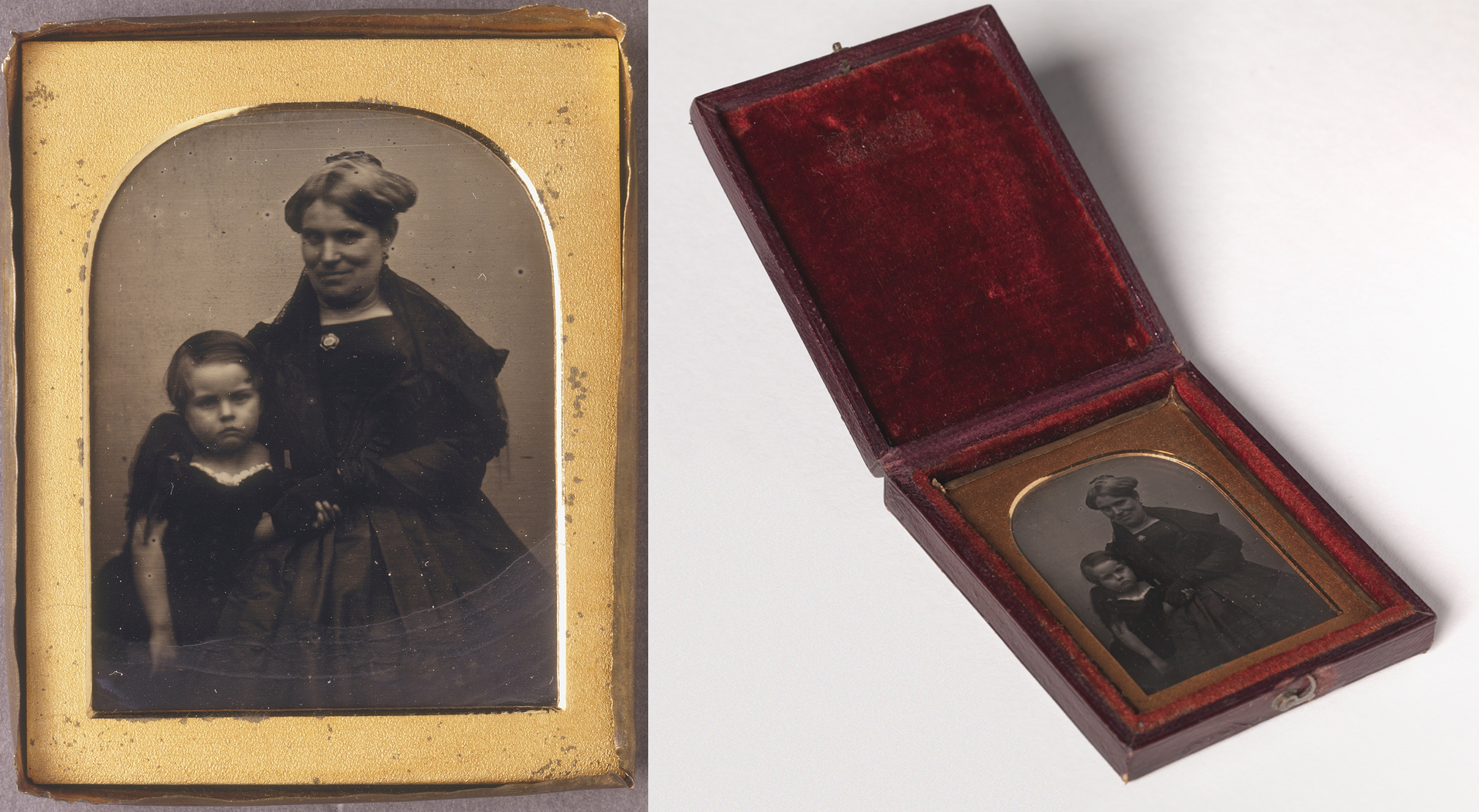
Goodman arrived in Australia from London on the Eden on 4 November 1842. Mere days later, news of the ‘surprising’ invention Goodman arrived with hit the newspapers. An article published in The Australian on 9 November 1842 announced Goodman’s intentions to start taking portraits and praised the invention.
‘We have no doubt the exertions of Mr Goodman will be amply rewarded for introducing this elegant invention, the Tenth Wonder of the World as it has been called, into New South Wales.’
The journalist didn’t have all their facts straight through. The article claims a Mr Beard invented the process – this isn’t correct, although Richard Beard was the ingenious businessman who became Daguerre’s patent agent and a photographer in his own right.
The article also claims the photographs could be captured in ‘one second of time,’ hinting that the journalist had likely not experienced the daguerreotype process firsthand. Later reports tell us that people had to sit still for several minutes while the exposure was made.
Goodman wasted no time in setting up his photography business in Sydney with his first advertisement appearing in The Australian on 7 December 1842. Less than a week later, on 12 December 1842, Goodman officially opened Australia’s first commercial photography studio.
Goodman offered portraits of Sydney’s inhabitants for the reasonable price of one guinea. By the end of his first week in business, an article published in The Colonial Observer on 14 December 1842 exclaimed that Goodman had already completed 60 to 70 portraits.
Australia’s oldest photograph
It’s estimated that Goodman took thousands of portraits in his lifetime, but very few of them survive today. His earliest surviving photograph – and therefore the earliest known surviving photograph taken in Australia – is this portrait of ex-convict Doctor William Bland. The photograph is held by the State Library of New South Wales and can be accessed through Trove.
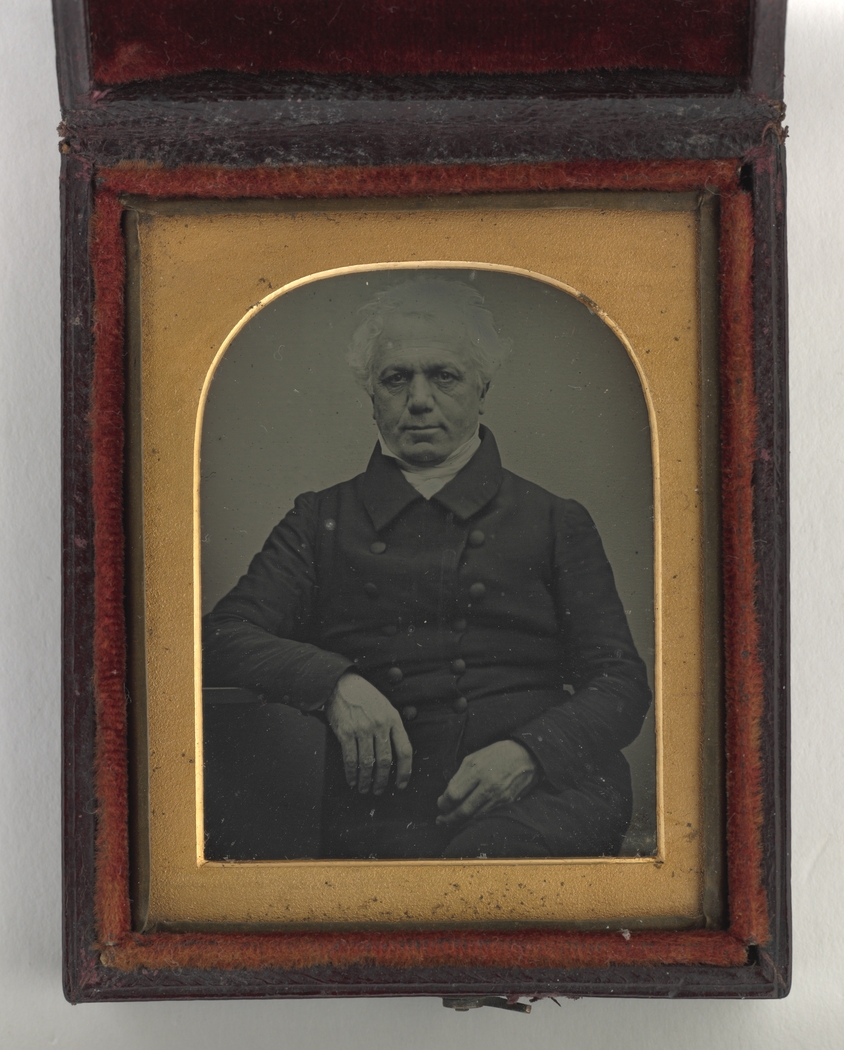
It's believed to have been taken some time between November 1842 and early January 1845. This article published on 14 January 1845 mentions the portrait as proof of ‘how superior the system’ had become.
Critiquing the photograph
In her book, Photography: A Cultural History, Mary Warner Marien makes the case that photography was invented twice. There was the technical invention, a race between scientists kept secret from the public until 1839. Then there was the cultural invention which took place in the years after, where ‘the basic outlines of photography’s uses and social meanings’ emerged.
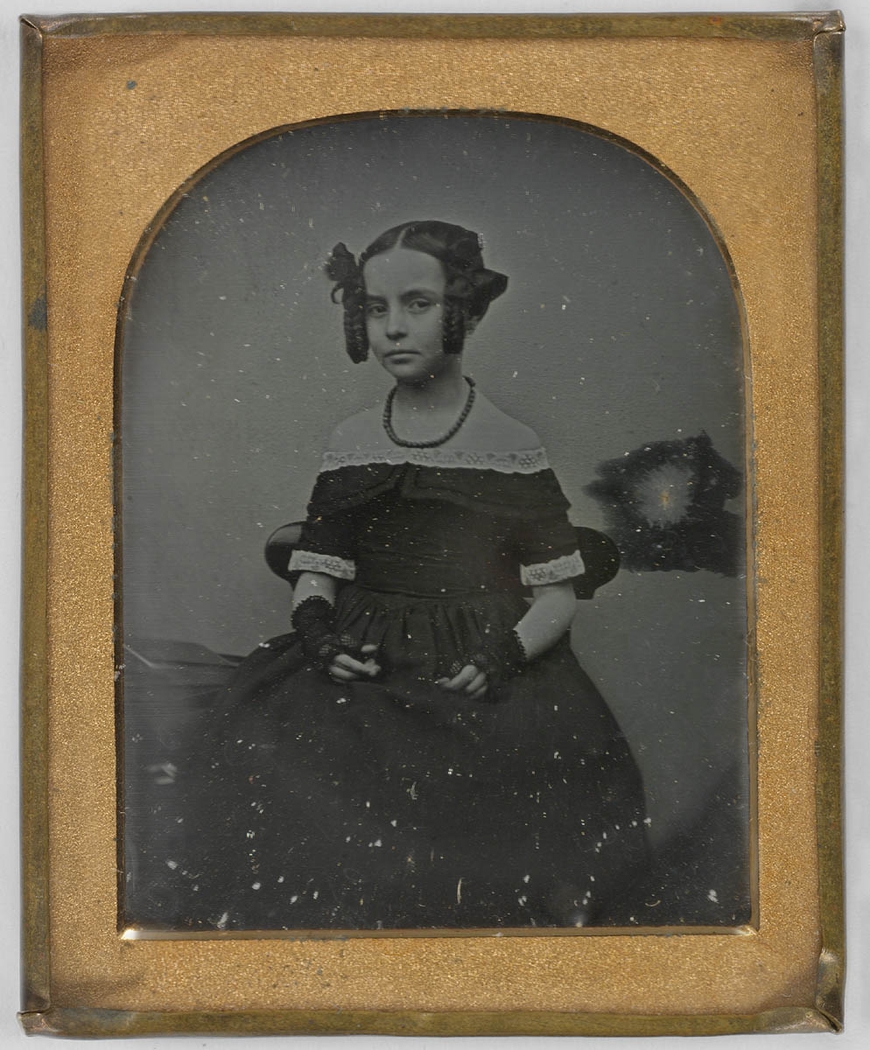
We can see this theory play out in Australia when looking at the media response to Goodman’s daguerreotypes. Within a few short years of the daguerreotype’s invention and its arrival to Australia, cultural critics began to reflect on Goodman’s work. No longer blinded by the glamour cast by the silver-coated images, these early Australian cultural critics struck comparisons between the photographic and painted portraits.
An article published in The Sydney Morning Herald on 14 January 1945 said:
‘There was a want of life in the portraits, and a sameness in all, which made many prefer the ordinary miniature paintings.’
This ‘want of life’ was likely a result of the limitations that the daguerreotype had at the time and perhaps the newness of the medium. While early photographs adopted traditional compositions from painting, Goodman and his contemporaries were still very much discovering the aesthetic qualities one might consider as “good” photography today and uncovering the techniques to achieve them.
The limitations in the technology and the early skills of the world’s first photographers becomes almost painfully clear in this critique published in The Sydney Morning Herald on 4 May 1846:
‘We all remember... when the young experimenter thought it necessary to go to the top of the Royal Hotel, to be as near the sun, we presume, as possible... We also remember the blue glass case in which unfortunate sitters were enclosed, while the process of decapitation was going on, and the consequent cadaverous, unearthly appearance which their features assumed after being subjected to the disagreeable operation.’
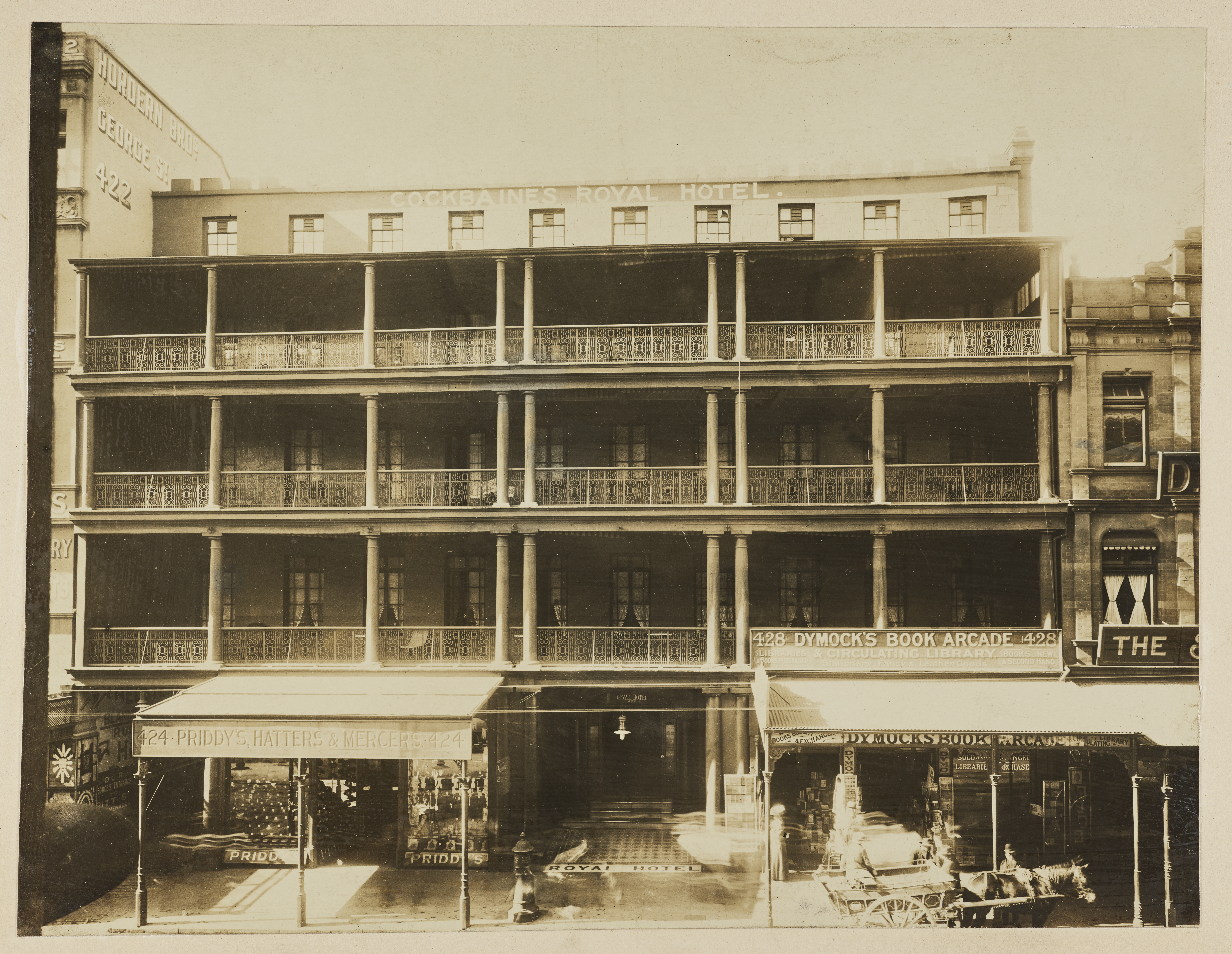
Rather humorously, this same reporter also exclaims that:
‘The progress of this art in Australia has been rapid, but we think it has almost reached the top of the ladder at last... we really do not expect much further improvement in this art.’
Little did this reporter know the developments in photography that were yet to come. Electric lighting, for example, was a game-changer when Talma Studios in Melbourne became the first to use it in Australian in 1892.
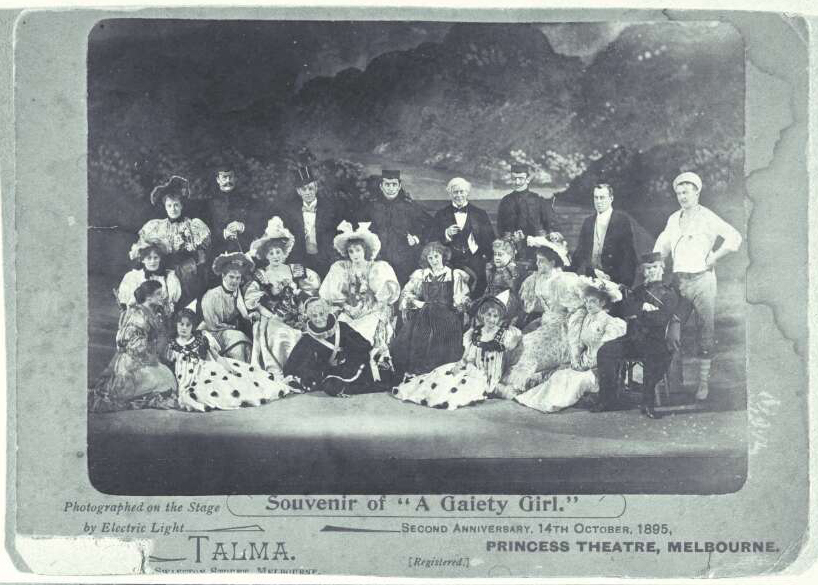
Between a ‘Bock’ and a hard place
While journalists printed their critiques on Goodman’s photography at the time, Goodman critiqued the competition. On 6 October 1843, a letter to the editor appeared in The Courier (Hobart) from a ‘Geo. B. Goodman’ criticising an earlier advertisement for daguerreotype portraits offered by a ‘Mr Bock’.
Thomas Bock was another early adopter of photography in Australia. His notes on photography, which begin in 1841 – before Goodman’s arrival in Australia – include information about Fox Talbot’s calotype process and daguerreotype manipulations.
Trove provides access to the manuscript held by Libraries Tasmania.
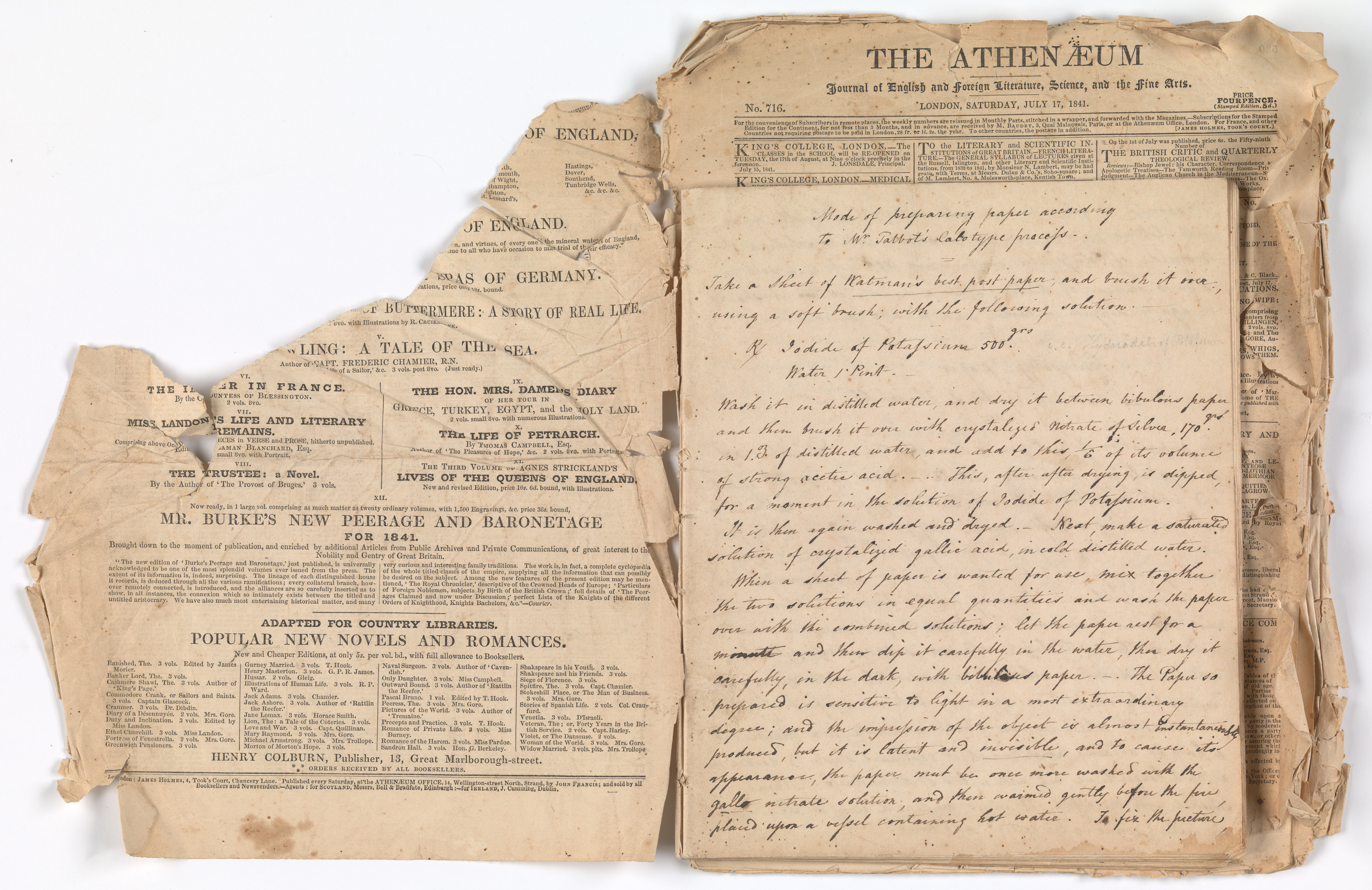
A snapshot of history
From the first days of photography to newly added contemporary images, there is plenty more about photography to discover in Trove.
Learn more about George Goodman in this Trove list created by historian David Coombe.